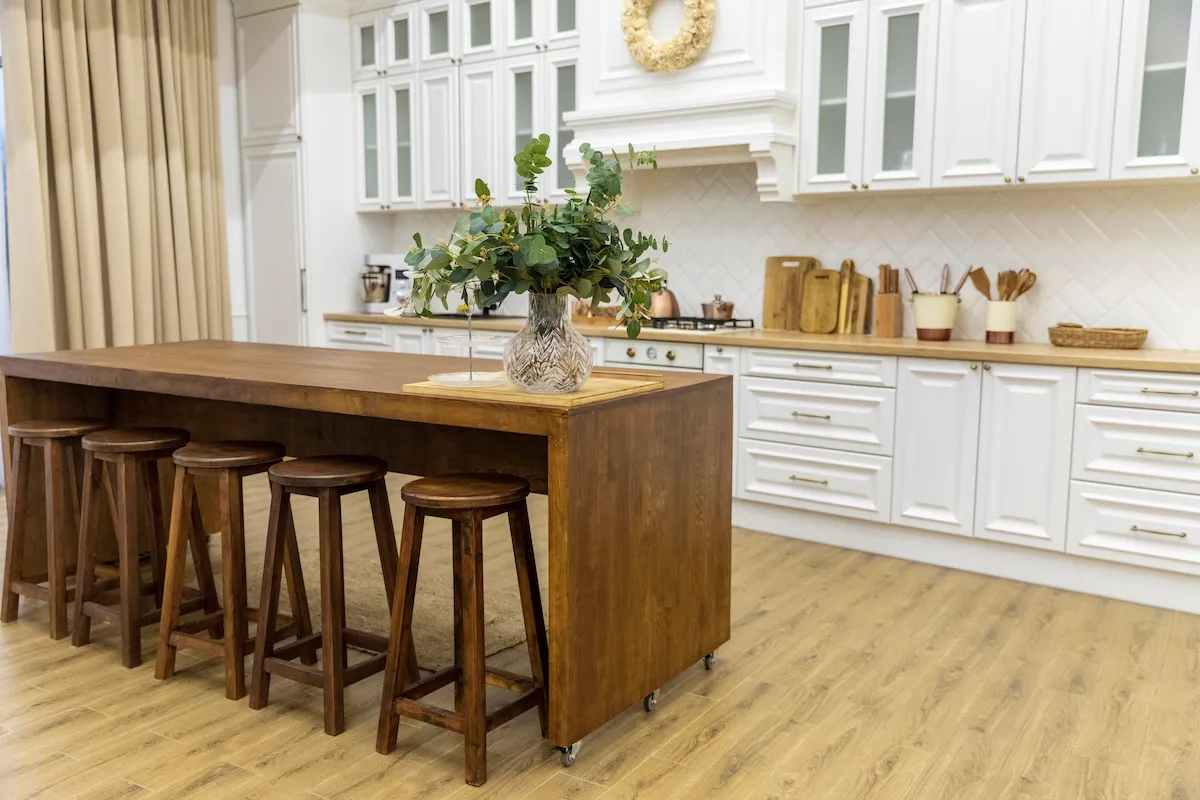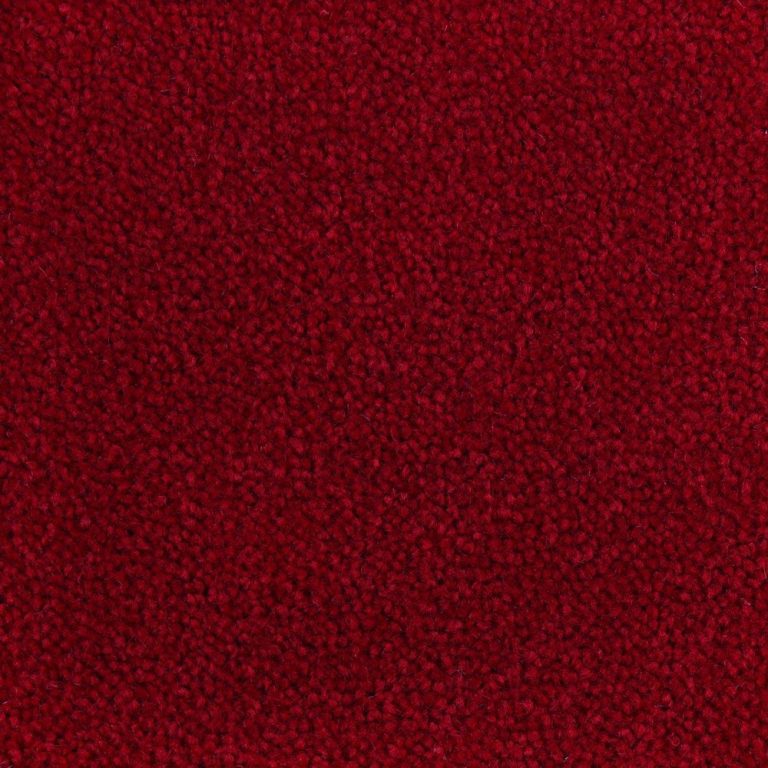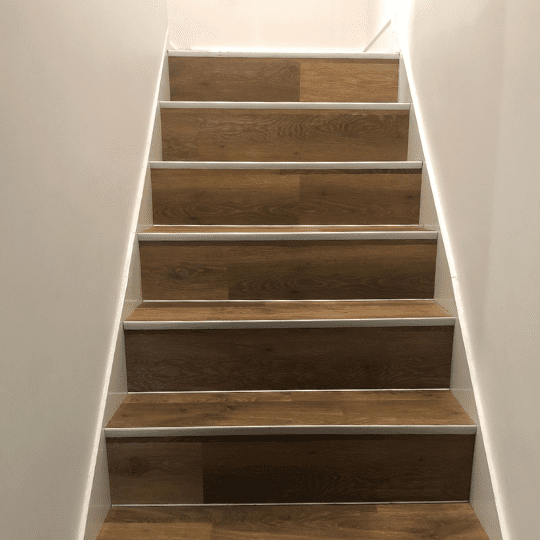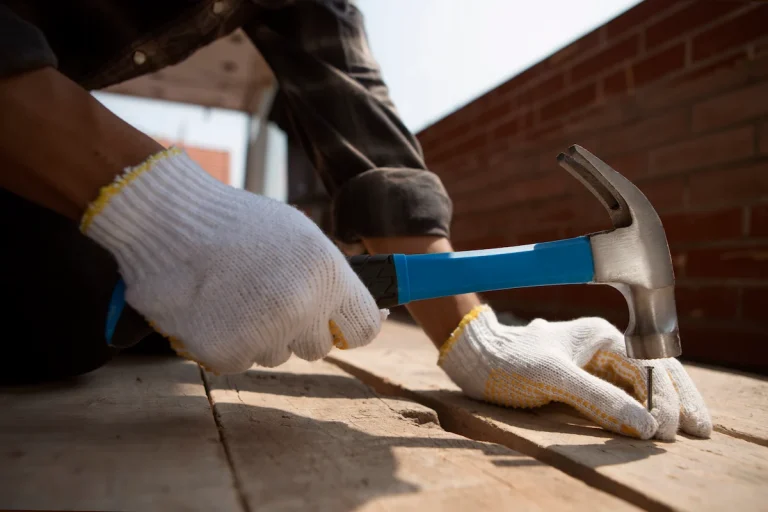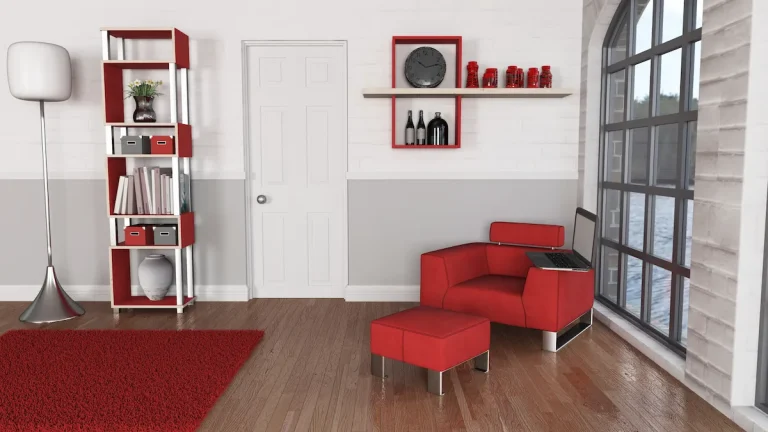When selecting new flooring, many homeowners consider laminate due to its affordability and stylish appearance. But what is laminate flooring made of that makes it so resilient, attractive, and easy to maintain? Understanding its layered construction helps you make an informed decision when upgrading your home’s interiors.
Laminate flooring is a multi-layered synthetic product designed to replicate natural materials like wood or stone. Let’s break down its components and see how each layer contributes to the floor’s overall performance.
What Is Laminated Flooring Made Of?
Laminate flooring is composed of four main layers that are fused together using heat and pressure. Each layer serves a specific purpose in ensuring strength, durability, and aesthetic appeal.
1. Backing Layer
The base layer adds moisture resistance and structural stability.
At the bottom of every laminate plank is the backing layer. This layer is typically made of melamine or resin-impregnated paper. It acts as a stabiliser that prevents the board from warping over time and offers some protection against moisture coming from below, such as from a concrete subfloor.
2. Core Layer
This layer forms the bulk of the plank and ensures durability
The core is the thickest part of laminate flooring and is made of high-density fibreboard (HDF). This material consists of compacted wood fibres bonded with resin to form a dense, stable core. The HDF core supports the plank’s structure and gives it strength to withstand daily wear, heavy foot traffic, and furniture pressure.
So, what material is used for laminate flooring at its heart? The answer is HDF — a wood-based product engineered for toughness. This is one of the most crucial elements when asking what is laminate flooring made of, as it provides the foundational strength of the floor.
3. Decorative Layer
Provides the visual appeal and mimics natural materials.
The decorative layer is a high-resolution photographic image that simulates the look of real wood, stone, or tile. Using advanced printing technology, this layer can replicate knots, grains, and textures with impressive accuracy. This is what gives laminate flooring its desirable look at a fraction of the cost of natural materials.
4. Wear Layer
The top layer protects the flooring from scratches, dents, and stains.
The wear layer is a clear protective coating made from melamine or aluminium oxide. It shields the decorative layer underneath and enhances the product’s resistance to scuffs, stains, and fading. This is particularly important for households with pets or children where daily wear and tear is inevitable.
This layer is vital when evaluating what is laminate flooring made of, as it ensures the longevity and surface durability of the floor.
Benefits of Knowing What Laminate Flooring Is Made Of
Understanding what is laminate flooring made of allows you to make better purchasing decisions. Whether you’re comparing it to other flooring types or planning installation in various rooms, knowing the materials and how they function will help you choose the right option for your needs.
Key advantages include:
- Durability: The HDF core and wear layer ensure long-lasting performance.
- Visual appeal: The photographic layer allows for an endless variety of designs.
- Ease of maintenance: The sealed surface resists stains and is easy to clean.
- Affordability: Laminate offers the appearance of premium materials without the cost.
How Is Laminate Flooring Manufactured?
Understanding what is laminate flooring made of also involves knowing how it’s constructed. The four layers are fused together using a direct-pressure laminate (DPL) or high-pressure laminate (HPL) process.
- DPL: The most common method, where all layers are combined in one pressing operation under high heat and pressure.
- HPL: A more robust version where layers are first bonded separately, then pressed together. This method creates a tougher plank ideal for commercial use.
Once pressed, the planks are cooled, trimmed, and cut into shape. Many feature click-lock systems that allow for floating floor installation without glue or nails.
How Laminate Compares to Other Flooring Types
Laminate flooring occupies a sweet spot between hardwood, vinyl, and engineered wood. It’s more affordable than real timber and more stable in changing climates. Compared to vinyl, it has a more natural feel underfoot thanks to its wood-based core.
So, is laminate flooring wood or plastic? It’s neither, and both. It blends the warmth of wood (via its HDF core) with the resilience of plastic (via its synthetic wear layer), offering the best of both worlds.
So, what is laminate flooring made of? It’s a clever combination of a backing layer for stability, a dense fibreboard core, a printed decorative layer, and a tough wear layer, all bonded together to form a highly durable, cost-effective flooring solution.
Laminate is ideal for those seeking the appearance of wood or stone without the high maintenance or cost. And when paired with proper underlay and fitting, it can transform any space into a stylish, easy-to-clean area.
Looking to upgrade your flooring? Explore our laminate products at TEKA Flooring Peterborough, where quality meets comfort. Our expert team is ready to help you choose the perfect fit for your home and provide professional fitting services to ensure lasting results.
Read Also:


























